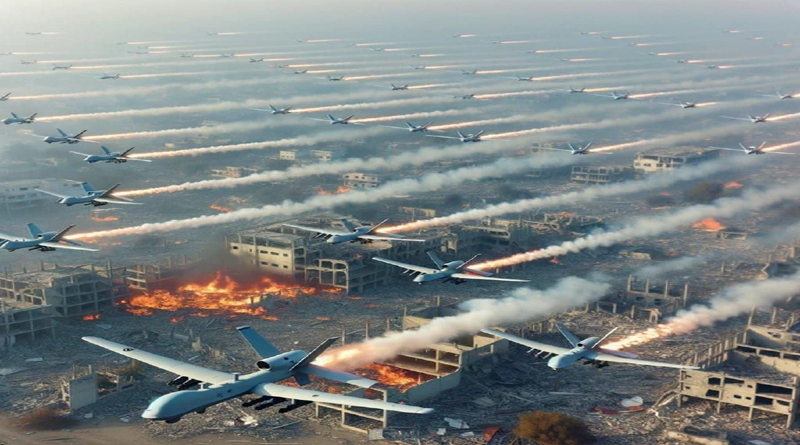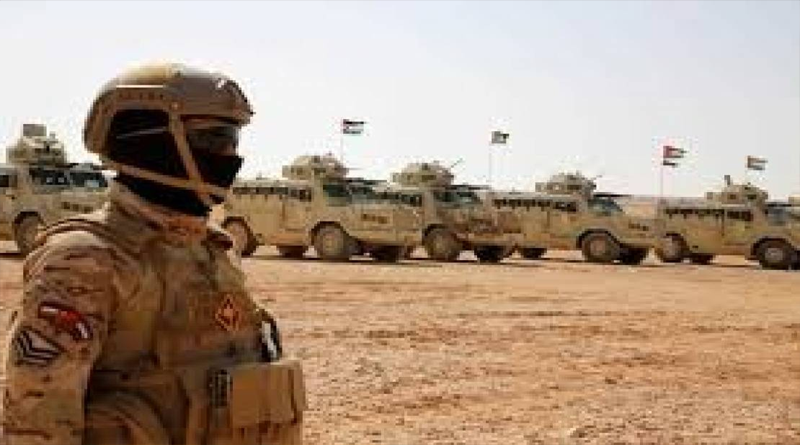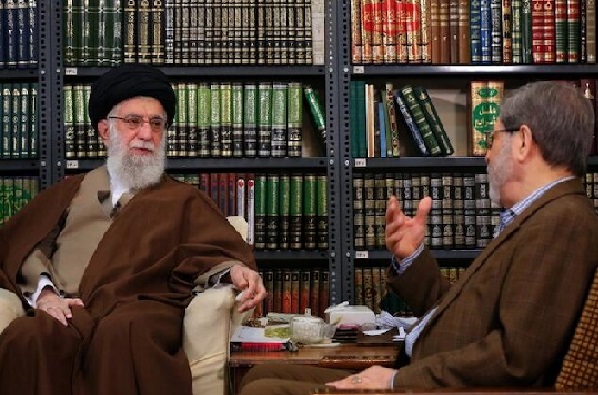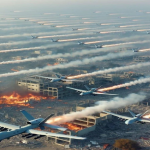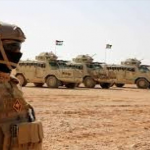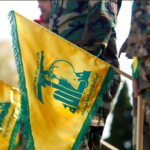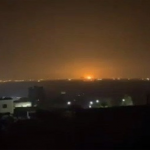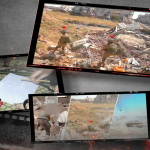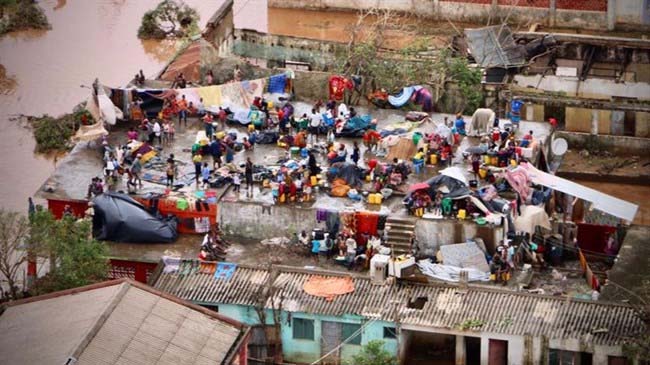
Aid workers rushed to save people trapped by floods around the Mozambican port city of Beira on Wednesday, after a powerful cyclone killed hundreds and left a trail of destruction across swathes of southeast Africa.
Some survivors were still clinging onto trees or roofs, waiting for rescue teams almost a week after the storm first struck. Roads around Mozambique’s port city of Beira were swamped and it was raining heavily, complicating rescue efforts and meaning aid had to be flown in by helicopter or plane, Reuters.com reported.
Cyclone Idai lashed Beira with winds of up to 170 km per hour (105 miles per hour) last Thursday, then moved inland to Zimbabwe and Malawi, flattening buildings and putting the lives of millions at risk.
At least 200 people have died in Mozambique and 98 in Zimbabwe, but the death toll is likely to rise as rescuers are still finding bodies.
Mozambique, whose tiny $13 billion economy is still recovering from a currency collapse and debt default, has declared a national state of emergency as it faces catastrophic flooding in Idai’s wake.
The worst-hit areas were close to the Buzi river west of Beira, said Caroline Haga, an official with the International Federation of Red Cross. Two rivers, including the Buzi, burst their banks after the storm dumped rain on Zimbabwe and Malawi at the weekend, sending torrents of water into Mozambique and creating a “second emergency”.
Aid agencies changed tack from dealing with a situation mostly involving damage to property and infrastructure caused by the cyclone to facing something much more serious.
The floods have also brought the threat of waterborne and respiratory diseases, including pneumonia.
Beira, a low-lying city of 500,000 people, is home to Mozambique’s second-largest port and serves as a gateway to landlocked countries in the region.
Drone footage showed residents of a shantytown there picking through wreckage and trying to drag plastic sheeting over their ruined homes. The film, released by the Red Cross, showed the settlement pockmarked with empty plots where whole buildings had been blown off their foundations.
Aid groups have struggled to reach survivors trapped in more remote areas of Mozambique where some villages are submerged.
The United Nations children’s fund, UNICEF, estimated that 260,000 children were at risk from the devastation, and the World Food Programme said it was trying to reach 500,000 people with immediate food assistance.
The cyclone also knocked out Mozambican electricity exports to South Africa, exacerbating power cuts that are straining businesses in Africa’s most industrialized economy.
The EU, Britain and United Arab Emirates have donated millions of dollars of aid each to Mozambique, Malawi and Zimbabwe for emergency shelters, hygiene, sanitation and healthcare. Portugal is sending 35 soldiers and a team from the country’s National Republican Guard, its foreign minister said.
Mozambique’s economy slowed sharply when commodity prices fell in 2014 and was dealt another blow in 2016, when the government admitted to $1.4 billion of previously undisclosed loans. The disclosure prompted the International Monetary Fund and foreign donors to cut off support.

